Home>Gardening & Outdoor>Landscaping Ideas>What Happens If Grass Grows Too Long
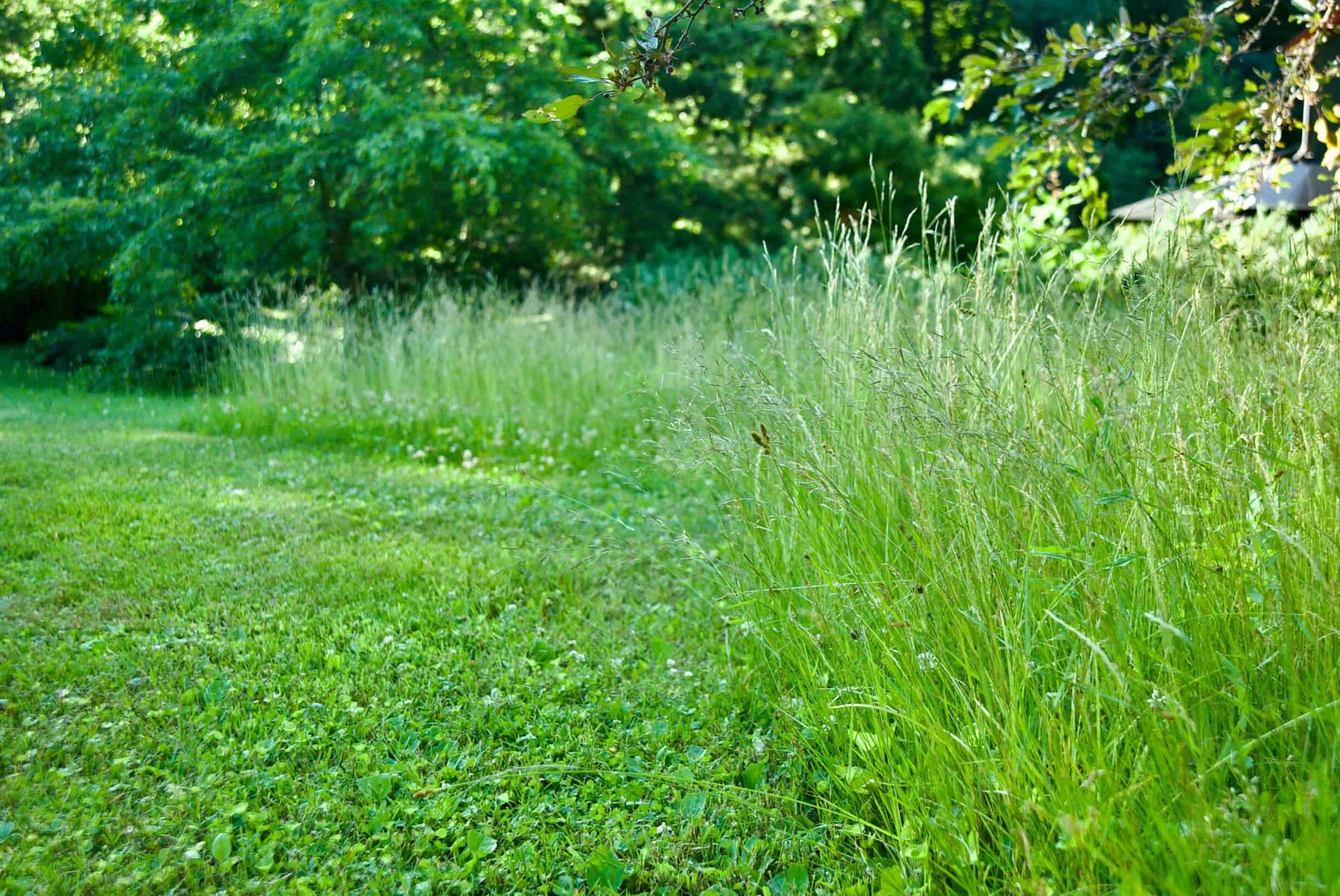

Landscaping Ideas
What Happens If Grass Grows Too Long
Published: February 3, 2024
Discover the impact of overgrown grass and how to tackle it with effective landscaping ideas. Learn how to maintain a well-groomed lawn.
(Many of the links in this article redirect to a specific reviewed product. Your purchase of these products through affiliate links helps to generate commission for Storables.com, at no extra cost. Learn more)
Introduction
Picture this: a lush, green lawn stretching out before you, the epitome of natural beauty and tranquility. Now, imagine this picturesque scene marred by the sight of overgrown, unkempt grass. It’s not a pretty picture, is it? Unfortunately, when grass grows too long, it can lead to a myriad of problems that not only affect the aesthetics of your lawn but also its overall health and functionality. In this article, we will explore the various consequences of allowing grass to become overgrown and discuss practical solutions for managing this common landscaping issue.
So, what exactly happens if grass is left to grow unchecked? Let’s delve into the effects of overgrown grass on lawn health, aesthetics, pest and weed infestation, the risk of lawn diseases, potential damage to lawn equipment, and even the heightened fire hazard it poses. By understanding these implications, you’ll gain valuable insights into the importance of regular lawn maintenance and the measures you can take to ensure a vibrant, thriving lawn.
Key Takeaways:
- Overgrown grass can harm your lawn’s health, attract pests, and hinder its visual appeal. Regular mowing and proper maintenance are crucial for a vibrant and thriving outdoor space.
- Neglecting overgrown grass can lead to pest infestations, fire hazards, and lawn diseases. Implementing proactive lawn care practices and timely mowing are essential for a healthy and visually appealing lawn.
Read more: What Happens If You Water Grass Too Much
The Effects of Overgrown Grass on Lawn Health
When grass is allowed to grow too long, it can have detrimental effects on the overall health of your lawn. One of the primary concerns is that overgrown grass shades the lower portions of the blades, inhibiting photosynthesis and impeding the grass’s ability to produce the energy it needs to thrive. This can lead to weakened grass that is more susceptible to disease, pest infestations, and environmental stressors.
Moreover, excessively long grass can create a favorable environment for thatch buildup. Thatch is a layer of dead grass, roots, and debris that accumulates between the soil and the actively growing grass. When grass is left uncut, the accumulation of organic matter increases, promoting the development of a thick thatch layer. This can hinder water, air, and nutrient penetration into the soil, ultimately suffocating the grassroots and impeding healthy growth.
Furthermore, overgrown grass can impede the circulation of air and trap moisture near the soil surface, creating an environment conducive to fungal diseases. Excessive moisture retention can lead to the onset of conditions such as snow mold, dollar spot, and brown patch, compromising the overall vitality of the lawn.
By neglecting to maintain an optimal grass height, you risk compromising the resilience and vigor of your lawn. It’s essential to recognize that regular mowing not only contributes to a well-manicured appearance but also plays a pivotal role in preserving the health and longevity of your lawn.
Impact on Lawn Aesthetics
Overgrown grass can significantly detract from the visual appeal of your lawn. What was once a well-groomed and inviting outdoor space may start to resemble an untamed wilderness when the grass is allowed to grow unchecked. The uniformity and neatness that define a manicured lawn are compromised, giving way to an unkempt and disorderly appearance.
When grass becomes overgrown, it can create an uneven and shaggy look that detracts from the overall aesthetic charm of the lawn. This lack of uniformity can be particularly noticeable in areas where the grass grows faster or thicker, resulting in an unbalanced and unsightly landscape.
Furthermore, overgrown grass may conceal or overshadow other landscaping features, such as flower beds, walkways, or decorative elements, diminishing their prominence and impact. This can disrupt the visual harmony and balance of the outdoor space, detracting from the intended design and curb appeal of the property.
From a broader perspective, the appearance of the entire property can be affected by the state of the lawn. Overgrown grass can convey a sense of neglect and disarray, potentially influencing the perception of the property’s overall upkeep and attention to detail. Whether it’s a residential yard or a commercial property, the condition of the lawn plays a pivotal role in shaping the initial impression and visual allure of the surroundings.
Ultimately, maintaining an appropriate grass height through regular mowing is essential for upholding the aesthetic integrity of your lawn. By ensuring a well-kept and visually pleasing landscape, you can create an inviting and harmonious outdoor environment that enhances the overall appeal of your property.
Increased Pest and Weed Infestation
Allowing grass to grow too long can create an inviting habitat for pests and weeds, posing a significant threat to the health and vitality of your lawn. The dense, overgrown grass provides ample cover and shelter for various pests, including insects and rodents, offering them a conducive environment to thrive and multiply.
One of the primary concerns with overgrown grass is the heightened risk of tick and flea infestations. Ticks, in particular, are known to thrive in tall grass and wooded areas, posing a potential health risk to humans and pets due to their ability to transmit diseases. Similarly, overgrown grass can attract rodents such as mice and voles, which may seek refuge and build nests within the dense vegetation, potentially causing damage to the lawn in the process.
Moreover, an overgrown lawn provides an ideal breeding ground for weeds to take root and proliferate. The dense, tangled grass can create pockets of shade and moisture, facilitating the germination and spread of various weed species. This not only compromises the visual appeal of the lawn but also competes with the grass for essential nutrients, water, and sunlight, ultimately impeding its growth and vigor.
Additionally, overgrown grass can impede the effectiveness of pest control measures and weed management efforts. The dense vegetation can hinder the application and penetration of pesticides, herbicides, and other treatments, reducing their efficacy in targeting and controlling pest and weed populations.
By maintaining a proper grass height through regular mowing, you can mitigate the risk of pest and weed infestations, creating a less hospitable environment for unwanted intruders. This proactive approach not only safeguards the health of your lawn but also contributes to a more pleasant and pest-free outdoor environment.
Risk of Lawn Diseases
Allowing grass to grow excessively long can elevate the risk of lawn diseases, posing a threat to the overall health and vitality of your lawn. The dense and tangled vegetation created by overgrown grass can create a favorable environment for the development and spread of various fungal diseases, compromising the resilience and aesthetic appeal of the lawn.
One of the primary concerns associated with overgrown grass is the increased likelihood of moisture retention within the dense vegetation. This prolonged moisture exposure can create conditions conducive to the onset of fungal diseases such as dollar spot, brown patch, and snow mold. The lack of adequate air circulation and sunlight penetration in overgrown areas further exacerbates the risk of fungal infestations, as these environmental factors are essential for maintaining a healthy and disease-resistant lawn.
Moreover, overgrown grass can impede the effectiveness of disease management and treatment measures. The dense vegetation hampers the application and distribution of fungicides and other disease control products, limiting their ability to reach and target the affected areas effectively.
Furthermore, overgrown grass can hinder the recovery and regrowth of the lawn following a disease outbreak. The tangled and matted grass can impede the establishment of new growth, prolonging the recovery process and leaving the lawn vulnerable to further disease development.
By maintaining an optimal grass height through regular mowing, you can mitigate the risk of lawn diseases and create a less conducive environment for fungal infestations. This proactive approach, coupled with proper lawn care practices, can help fortify the resilience of your lawn against disease pressures, ensuring a vibrant and healthy outdoor space.
Regularly mow your grass to prevent it from growing too long. Long grass can attract pests, block sunlight from reaching the soil, and create an uneven surface, increasing the risk of tripping and falling.
Potential Damage to Lawn Equipment
Allowing grass to grow too long can pose risks not only to the health and aesthetics of your lawn but also to the functionality and longevity of your lawn maintenance equipment. The dense and overgrown vegetation can present challenges and potential hazards when using mowing and trimming equipment, leading to increased wear and the risk of damage.
One of the primary concerns is the added strain placed on lawn mowers and trimmers when attempting to navigate through excessively long grass. The dense and tangled vegetation can place undue stress on the equipment’s motor, blades, and cutting mechanisms, potentially leading to premature wear and mechanical issues. In addition, the accumulation of debris and grass clippings within the equipment can impede its performance and necessitate more frequent maintenance and cleaning.
Moreover, the heightened resistance encountered when mowing or trimming overgrown grass can lead to increased fuel consumption and energy expenditure, impacting the efficiency and operational costs of lawn maintenance activities. This can result in more frequent refueling and greater wear on the equipment’s engine and components, potentially shortening its lifespan and increasing maintenance requirements.
Furthermore, the presence of hidden obstacles, such as rocks, branches, or debris, within the overgrown grass can pose a risk of damage to the equipment’s blades and undercarriage. The heightened vegetation can conceal these potential hazards, increasing the likelihood of accidental impact and equipment damage during mowing and trimming operations.
By maintaining an appropriate grass height through regular mowing, you can reduce the strain and risks associated with lawn maintenance equipment usage. This proactive approach not only promotes the longevity and efficiency of your equipment but also contributes to a safer and more manageable mowing and trimming experience.
Fire Hazard
When grass is allowed to grow excessively long, it can pose a significant fire hazard, particularly in regions prone to dry and arid conditions. The dense and overgrown vegetation becomes highly flammable, increasing the risk of rapid fire spread and intensification, posing a threat to both property and personal safety.
One of the primary concerns with overgrown grass is its ability to serve as fuel for fires. The accumulation of dry, dead grass within the dense vegetation can act as readily ignitable tinder, especially during periods of high temperatures and low humidity. In the event of a fire, the overgrown grass can contribute to the rapid advancement and intensification of the blaze, potentially engulfing surrounding areas and structures.
Moreover, overgrown grass can impede the effectiveness of fire prevention and suppression measures. The dense and tangled vegetation can hinder the access and maneuverability of firefighting equipment and personnel, complicating efforts to contain and extinguish fires in affected areas.
Furthermore, the presence of overgrown grass near residential or commercial structures can increase the vulnerability of these properties to fire hazards. The proximity of dense vegetation to buildings can elevate the risk of fire spread and ignition, posing a direct threat to property and occupants.
By maintaining an optimal grass height through regular mowing and implementing appropriate fire prevention measures, you can mitigate the risk of fire hazards associated with overgrown grass. This proactive approach not only contributes to a safer outdoor environment but also plays a crucial role in safeguarding against the potential devastation caused by wildfires.
Solutions for Managing Overgrown Grass
Fortunately, there are practical and effective solutions for managing overgrown grass and mitigating the associated risks. By implementing proactive lawn maintenance practices and adhering to a regular mowing schedule, you can maintain a healthy, visually appealing lawn while minimizing the potential consequences of overgrown grass.
Establish a Regular Mowing Schedule: Consistent and timely mowing is essential for preventing grass from becoming overgrown. Depending on the grass species and growth rate, establish a regular mowing schedule to maintain an optimal grass height, typically removing no more than one-third of the grass blade length with each mowing session.
Use Appropriate Mowing Techniques: When mowing overgrown grass, it’s important to avoid cutting it too short in a single session, as this can shock the grass and impede its recovery. Gradually reduce the grass height over multiple mowing sessions to achieve the desired length without causing undue stress to the lawn.
Properly Maintain Mowing Equipment: Ensure that lawn mowers and trimmers are well-maintained and equipped with sharp blades to facilitate efficient and clean cutting. Regularly clean and inspect the equipment to remove debris and grass clippings that can impede performance and contribute to wear.
Address Thatch Buildup: If thatch has accumulated within the lawn, consider dethatching to remove the layer of dead grass and organic matter, promoting better air, water, and nutrient penetration into the soil. This can help prevent thatch buildup and maintain a healthy lawn environment.
Implement Effective Weed and Pest Control: Regularly inspect the lawn for signs of weed infestations and pest activity. Implement appropriate weed control measures and pest management strategies to mitigate the impact of overgrown grass on weed proliferation and pest habitat.
Monitor and Address Lawn Diseases: Keep a watchful eye on the lawn for signs of fungal diseases, particularly in areas with overgrown grass. Implement preventive measures and promptly address any disease outbreaks to minimize their impact on the lawn’s health and appearance.
Consider Professional Lawn Care Services: For larger properties or when facing extensive overgrowth, consider engaging professional lawn care services to assess and address the condition of the lawn. Experienced professionals can provide tailored solutions and maintenance plans to restore and maintain a healthy lawn environment.
By incorporating these solutions into your lawn care routine, you can effectively manage overgrown grass and promote the long-term health, aesthetics, and functionality of your outdoor space. Regular maintenance and proactive measures are key to preventing the negative consequences associated with overgrown grass, ensuring a vibrant and inviting lawn for your enjoyment.
Conclusion
As we’ve explored the various implications of allowing grass to grow too long, it’s evident that overgrown grass can have far-reaching effects on both the health and visual appeal of your lawn. From diminished aesthetics and increased pest and weed infestation to the heightened risk of lawn diseases, potential damage to lawn equipment, and the fire hazard it poses, the consequences of neglecting proper lawn maintenance are substantial.
However, by understanding these implications and implementing proactive solutions, you can effectively manage overgrown grass and mitigate its associated risks. Establishing a regular mowing schedule, using appropriate mowing techniques, and maintaining lawn equipment are crucial steps in preserving the health and aesthetics of your lawn. Addressing thatch buildup, implementing effective weed and pest control, and monitoring and addressing lawn diseases are essential components of a comprehensive lawn care strategy.
Ultimately, maintaining an optimal grass height through regular mowing not only contributes to a well-manicured appearance but also plays a pivotal role in preserving the health and longevity of your lawn. By adhering to proactive lawn maintenance practices and incorporating tailored solutions, you can create a vibrant, healthy, and visually appealing outdoor space that enhances the overall allure of your property.
Remember, a well-kept lawn not only elevates the aesthetic appeal of your surroundings but also fosters a welcoming and harmonious outdoor environment. By taking proactive measures to manage overgrown grass, you can enjoy a lush, thriving lawn that serves as a source of pride and relaxation for you and your family.
So, embrace the art of mindful lawn care, and let your outdoor space flourish with vitality and beauty, free from the constraints of overgrown grass.
Frequently Asked Questions about What Happens If Grass Grows Too Long
Was this page helpful?
At Storables.com, we guarantee accurate and reliable information. Our content, validated by Expert Board Contributors, is crafted following stringent Editorial Policies. We're committed to providing you with well-researched, expert-backed insights for all your informational needs.
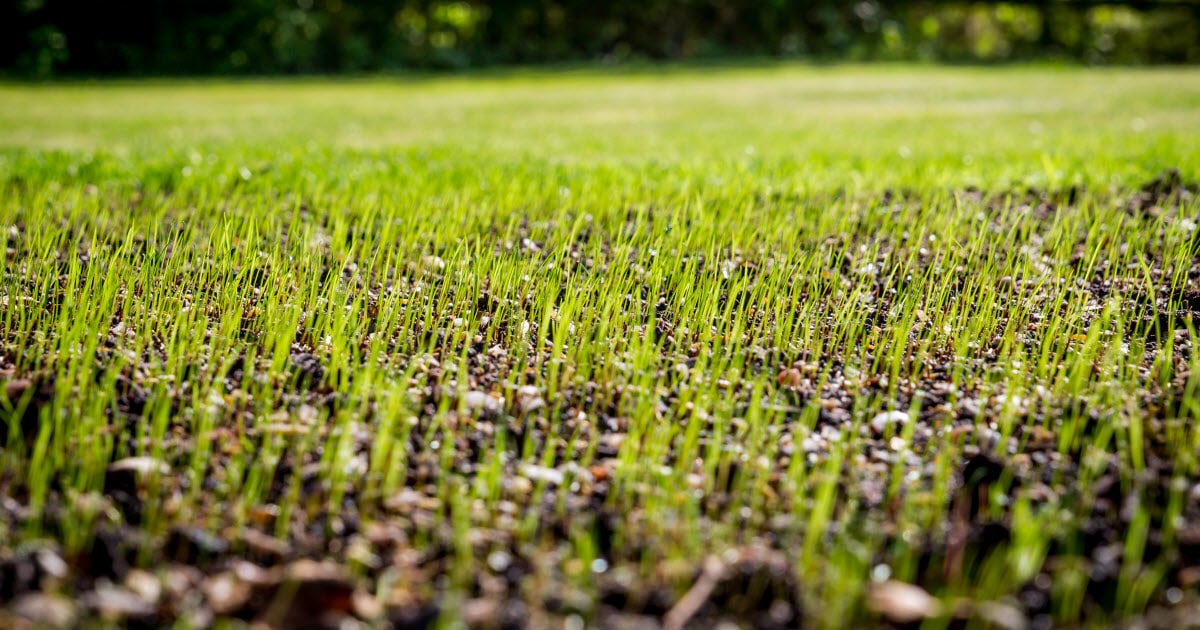



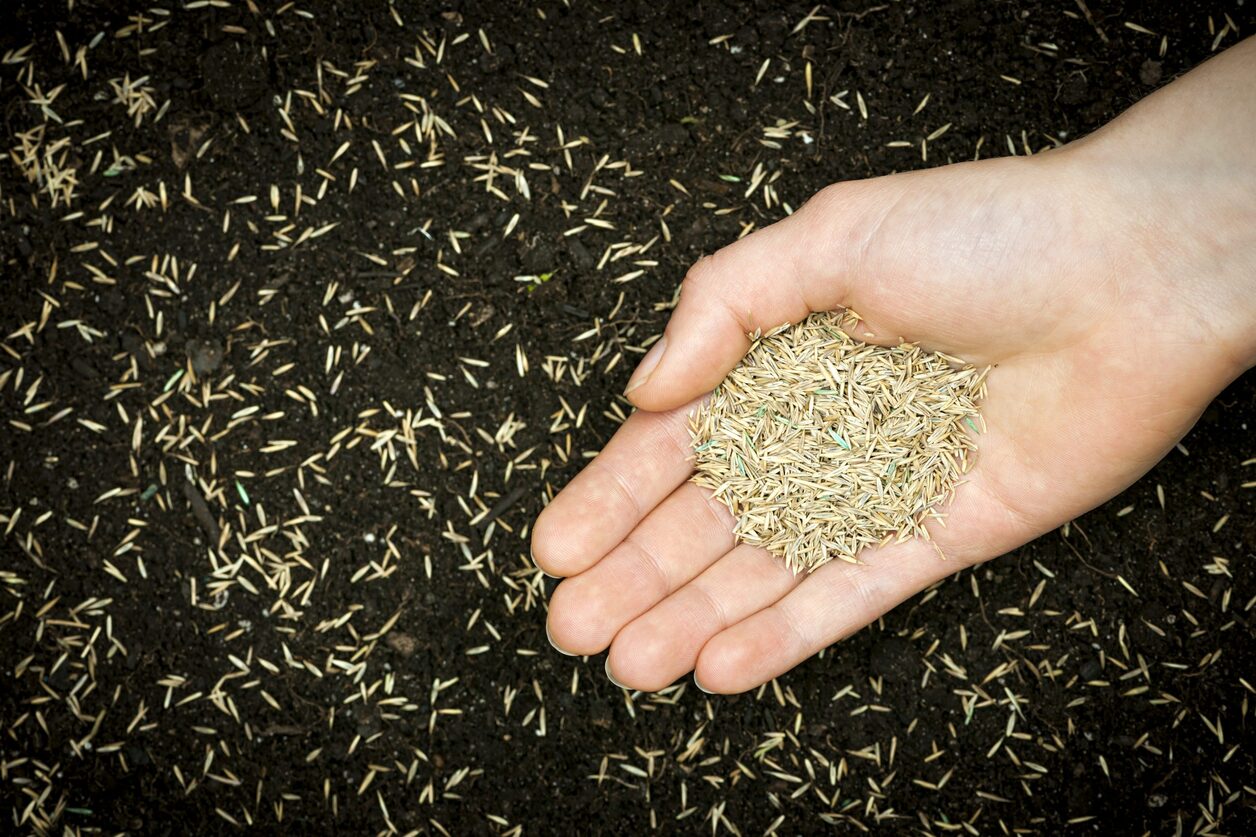

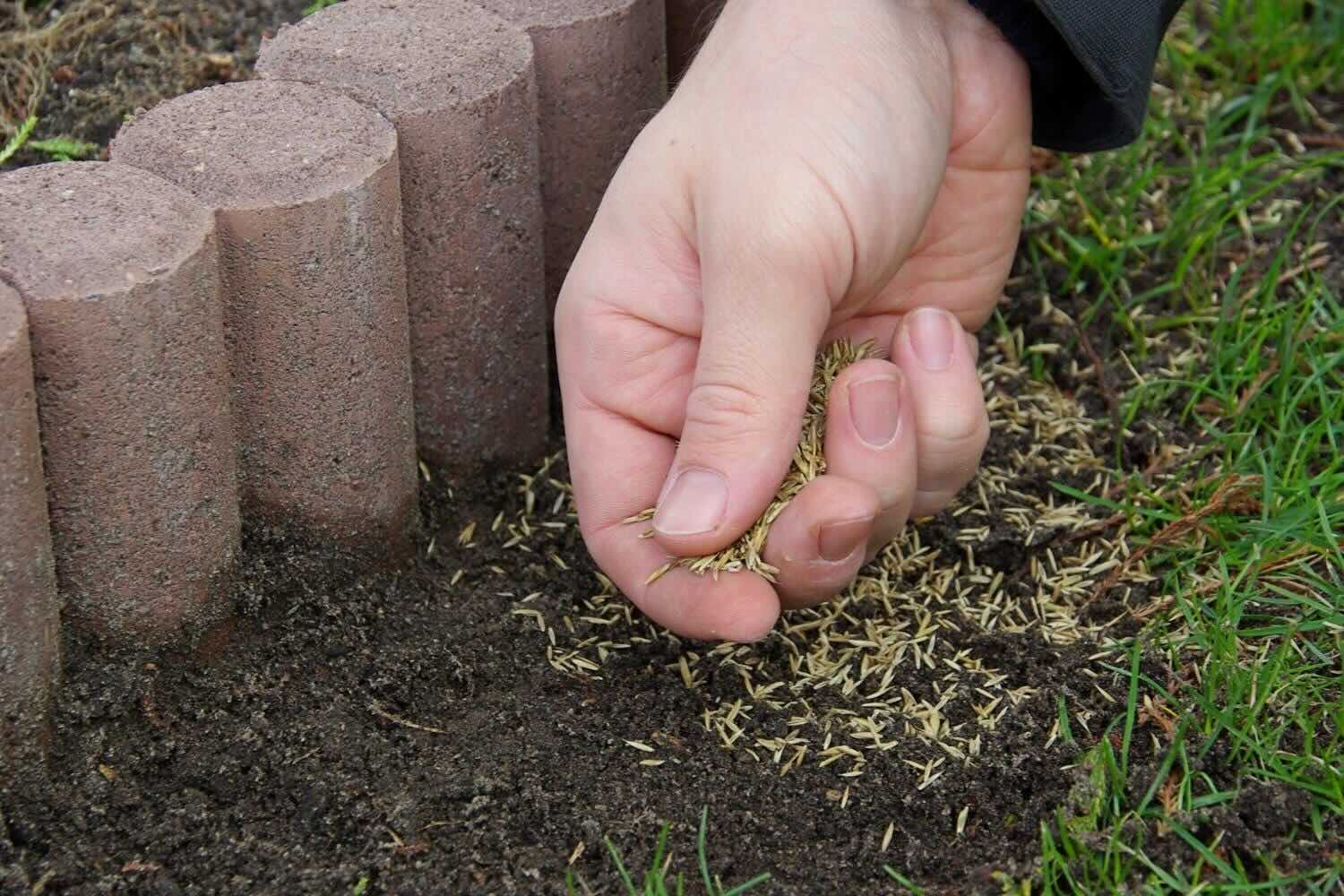
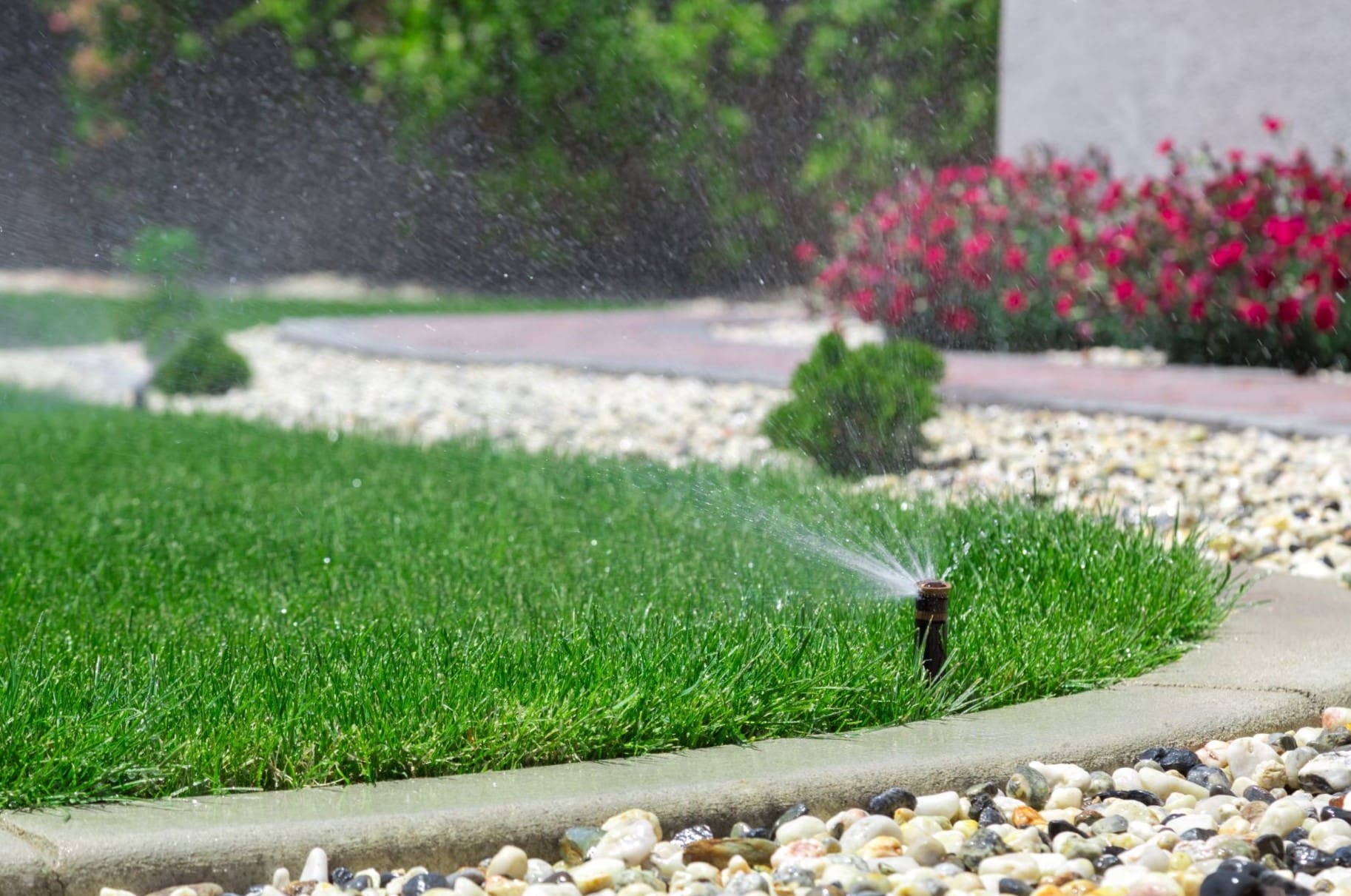



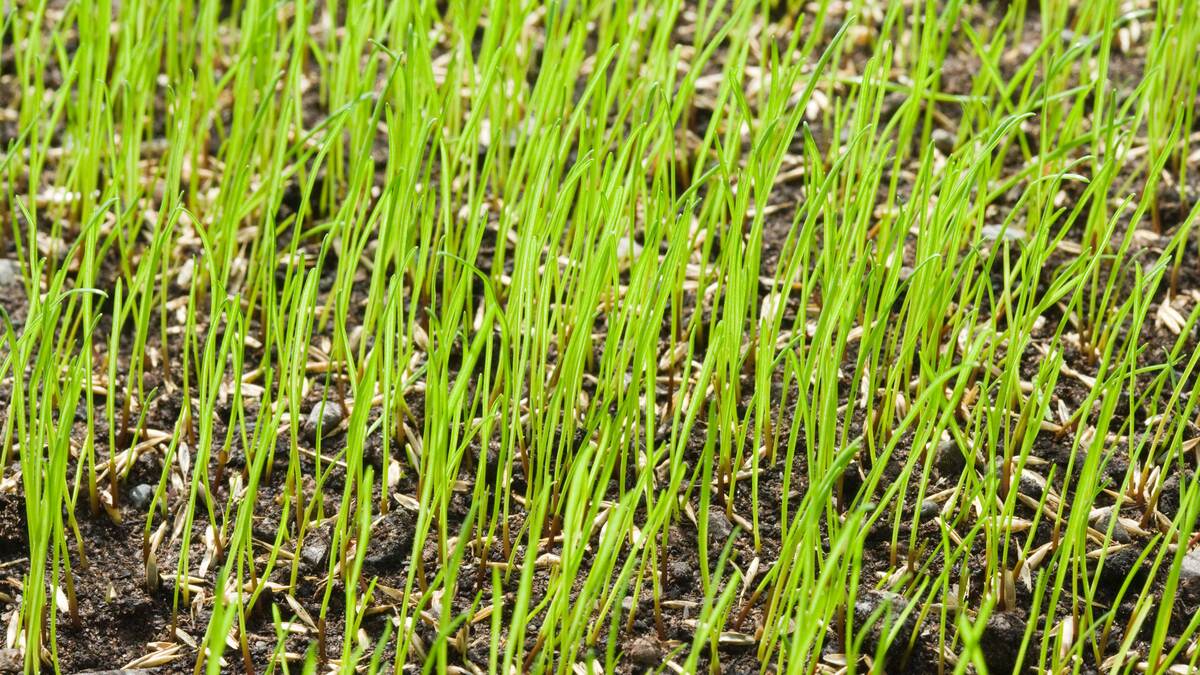

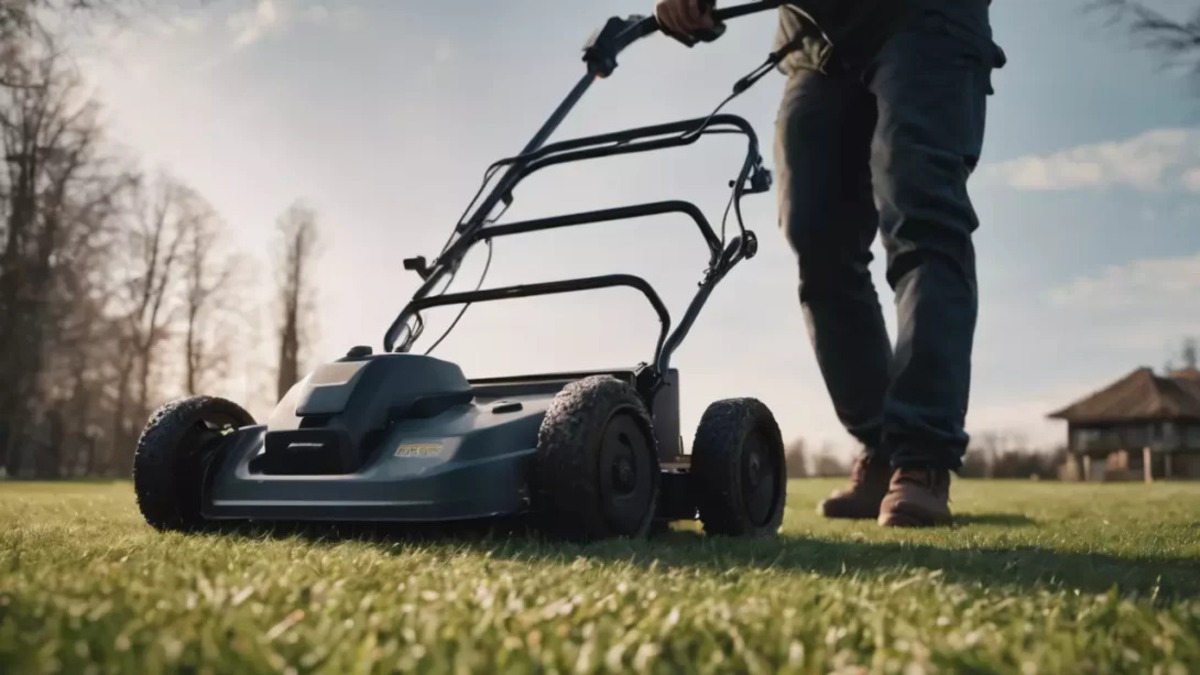

0 thoughts on “What Happens If Grass Grows Too Long”